A lovely little gem of a tree
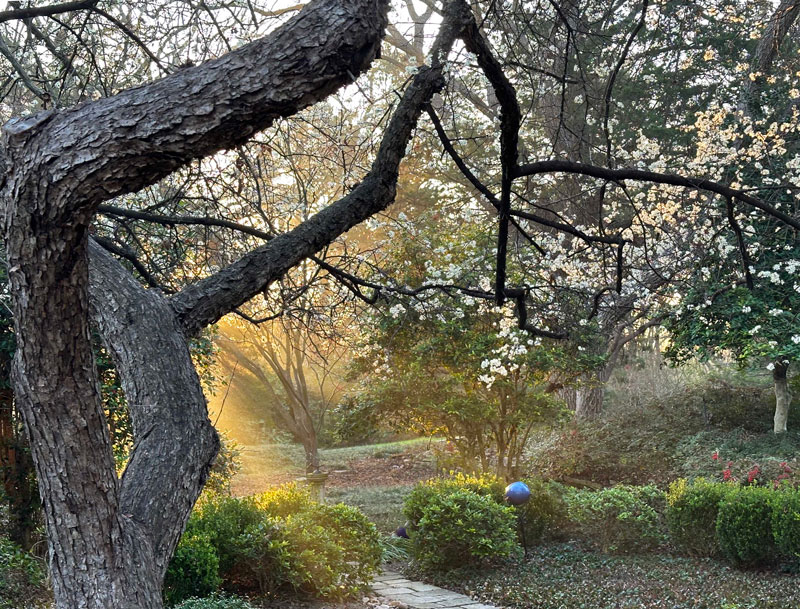
The Missouri Botanical Gardens says Mexican plums are native from Mexico across Texas, throughout their state of Missouri, and north to southeastern South Dakota to Ohio. To be honest, I never had any idea they went that far north.
Mexican plum is a tough little tree that’s found in woodland thickets as well as rocky streambeds. Because its fruit is favored by birds and mammals, it’s common to find the tree growing along fencerows.
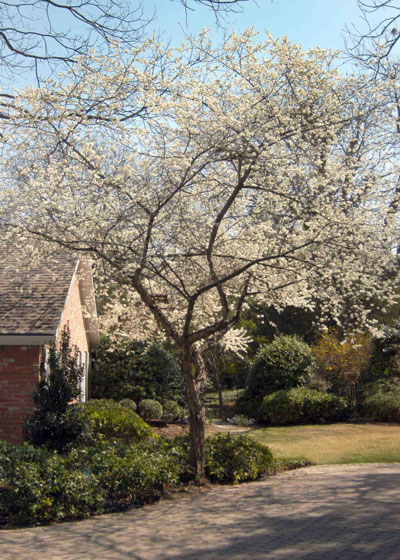
As landscapes have become smaller and smaller decade by decade, we’ve been on a constant search for trees that would remain proportionately smaller to match. Golden raintrees, redbuds, Little Gem and Teddy Bear magnolias – all good options. And so are our native Mexican plums.
Facts to know about Mexican plums…
Common name: Mexican plum
Scientific name: Prunus mexicana
Plant Family: Rosaceae (Rose Family)
Native range: Mexico to SE South Dakota, Wisconsin, and Ohio, and south to Alabama. Eastern half of Texas.
Mature size: 20-25 ft. tall and wide
Soil preferences: Acidic to somewhat alkaline, but thrives in deep soils with constant supply of moisture.
Leaves: 2-3 in. long, dull green and coarse-textured. Unremarkable fall color. Deciduous.
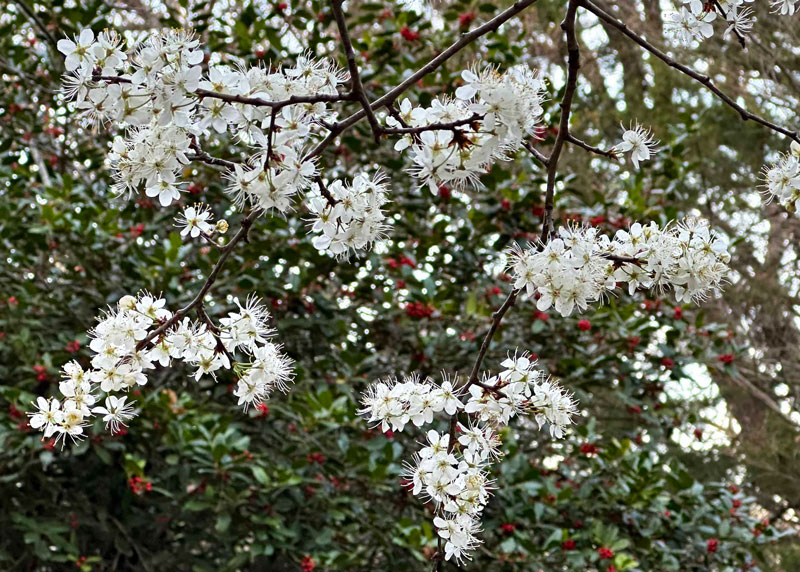
Flowers: Very early spring, before leaves emerge. Pure white. Delightfully fragrant. Frequented by bees.
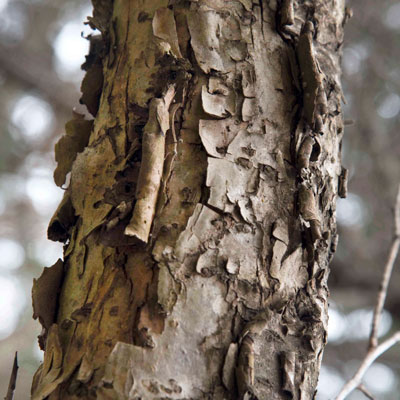
Bark: Brownish-gray, peeling bark gives trunks a very coarse-textured appearance. Branches and twigs occasionally produce thorns, so place trees accordingly in landscape.
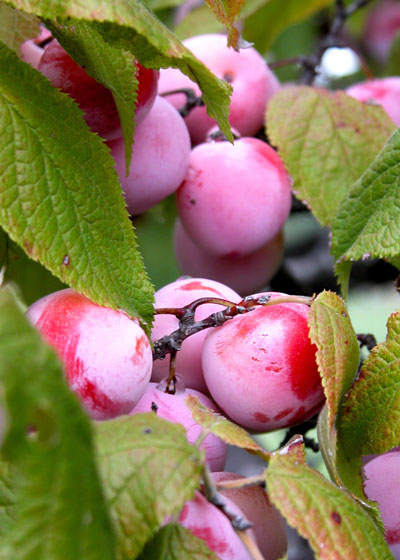
Fruit: Colorful plums ripen in late summer/early fall. They are better for preserves than they are for fresh use. Birds and animals like them. Plant where fallen fruit will not become a mess.
Life expectancy of tree: 20-35 years.
